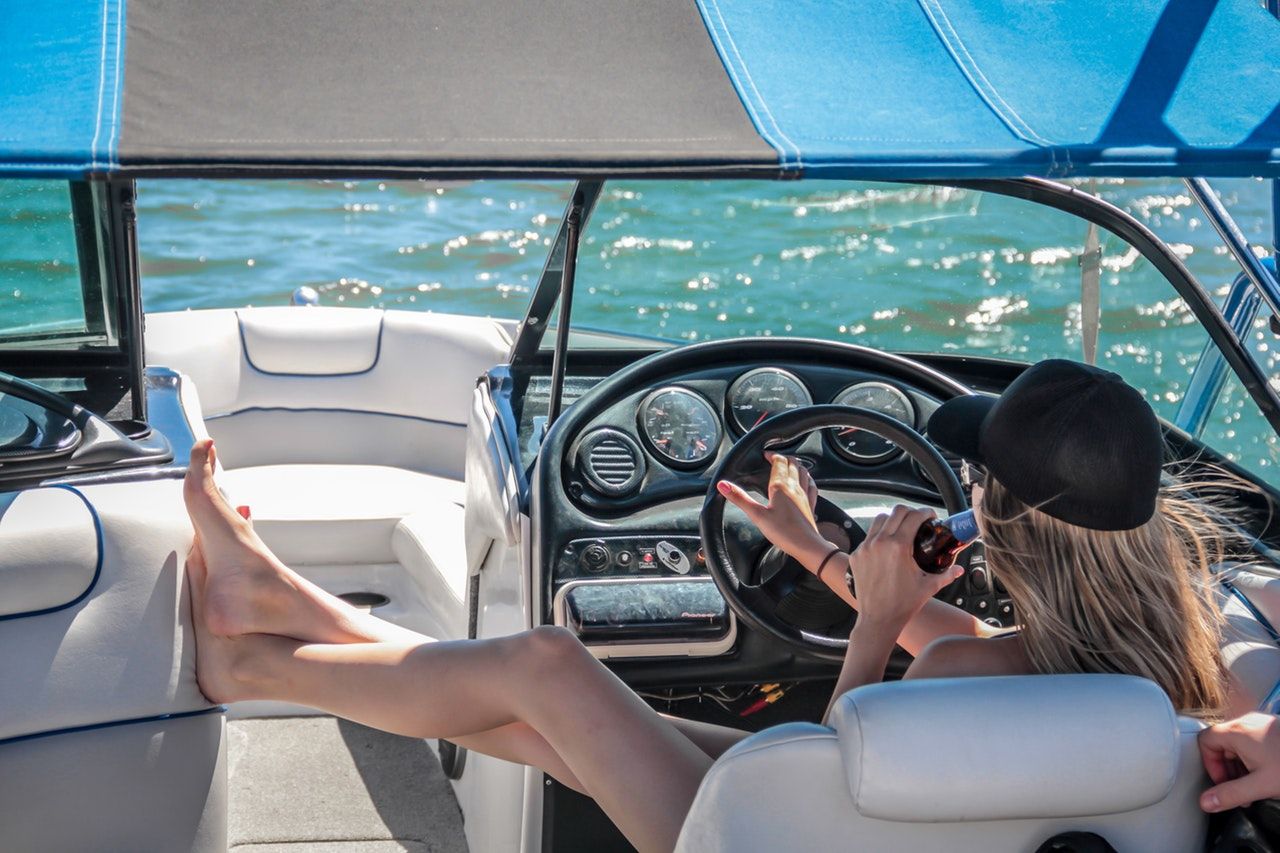The culture of cannabis around Lake Havasu and other adventure hotspots is woven into a broader lifestyle of sun, adrenaline, and escape. Yet it’s also shaped by a complicated legal landscape—especially once boats, federal waters, and interstate borders are involved.
Lake Havasu City, straddling the Colorado River on the Arizona–California border, has a well-earned reputation as a party-centric playground. During spring break, the Bridgewater Channel beneath London Bridge and party spots like Copper Canyon fill with tied-off boats, music, and crowds looking for a “floating block party.” Since Arizona voters approved Proposition 207 in 2020, adults 21 and over can legally purchase cannabis from licensed dispensaries and possess up to 1 ounce of flower or 5 grams of concentrate for personal use, as long as consumption happens on private property.
In practice, that means many visitors treat cannabis like alcohol—part of the same weekend kit as coolers, floaties, and Bluetooth speakers. But the lake culture brings a twist: much of the water is considered “navigable,” and maritime law gives the U.S. Coast Guard jurisdiction. Under federal law, cannabis remains a Schedule I substance, and possession on boats in federally patrolled waters can lead to serious penalties, even if the surrounding state has legalized it. Boaters who would never dream of driving drunk sometimes underestimate how cannabis can impair reaction time, judgment, and balance—critical skills when docking in tight channels or dealing with afternoon winds and wakes.
Similar tensions show up at other adventure hotspots that attract both outdoor athletes and cannabis enthusiasts. In Lake Tahoe, for instance, visitors come for year-round adventure—paddleboarding over clear turquoise coves, mountain biking the Flume Trail, skiing and snowshoeing high in the Sierra Nevada. On the Nevada side, adult-use cannabis is legal, and dispensaries are as much a part of the travel landscape as gear shops and brewpubs. Many wellness-minded travelers talk about swapping some après-ski drinks for low-dose edibles or vapes when they’re back at their lodging, aiming for relaxation and sleep rather than a hangover.
Yet here too, the rules get complex. Public consumption is generally prohibited, and using cannabis on the lake itself—especially from a boat—can still fall under federal enforcement. Mountain towns with strong adventure cultures have also seen a parallel conversation around safety: guides and outfitters increasingly emphasize showing up sober for high-risk activities like cliff jumping, technical biking, or backcountry tours.
Across destinations—whether desert lakes like Havasu, alpine playgrounds like Tahoe, or mountain-bike hubs like Moab and Bend—a few cultural threads repeat. Adventure travelers often frame cannabis as part of a “recovery and reset” mindset, using it at the end of a big day to unwind sore muscles, boost appetite, or deepen sleep. Others lean into the social side, treating a joint around the campfire like a shared nightcap. At the same time, law-enforcement agencies and safety advocates stress that impairment on the trail, on the water, or behind the wheel can turn a dream trip into a tragedy, and they’ve documented accidents where substance use was a contributing factor.
So the real culture of cannabis at Lake Havasu and other adventure hotspots is a balancing act. On one side is freedom—the allure of blue water, red rock, or snowy peaks paired with legal access to cannabis in many states. On the other is responsibility: knowing the difference between state and federal law, respecting bans on public consumption, and keeping captains, drivers, and guides sober. Travelers who understand both sides are better positioned to enjoy the vibe, protect their crew, and keep these beloved adventure playgrounds fun—and open—for seasons to come.
Discover more boating destinations across the U.S. here.

